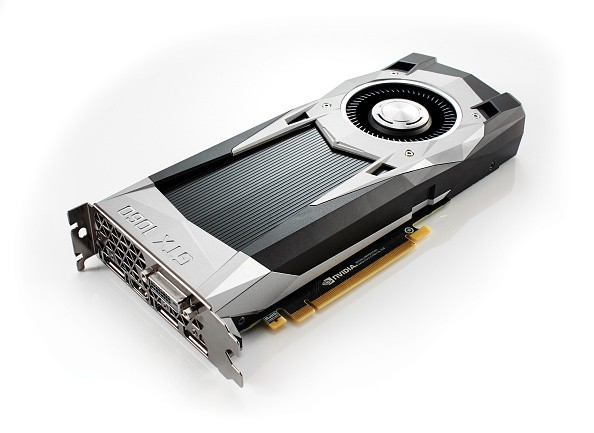AMD's FSR 2.0 was just announced as a next-level upgrade to the already-good FSR 1.0, but it might leave a few older GPUs owners behind. Specifically, we're talking about the GTX 1060 and similarly-aged cards.

Considering how the now six-year-old graphics card remains the most popular GPU in the world, this is perhaps a big blow to those who still can't upgrade due to sky-high GPU prices. According to PCGamer, the 1060's aging hardware will make it hard for it to run the new temporal-based upscaling tech.
As such, the entry barrier for AMD FSR 2.0 is the GTX 1070 and any GTX 16-series card for NVIDIA and Team Red's own RX 6500 XT or RX 590. Sorry, RX 580 owners: you're also out of luck.
Here is the official presentation for the second generation of FSR, which promises an even bigger improvement in both quality and performance over its first iteration:
AMD first demonstrated FSR 2.0 working in the game "Deathloop," and safe to say, and it's an amazing performance uplift compared to just running the game at a native resolution. As you can see in the video, "Deathloop" using FSR 2.0 in Quality Mode was able to match native 4K in almost every aspect in terms of quality, with barely any noticeable visual difference.
What could even be more exciting for gamers is that AMD FSR 2.0 will also come to Xbox consoles. As reported by The Verge, Team Red is "fully supporting" the new temporal upscaling tech on Microsoft's consoles (presumably the Xbox Series X and Series S, and not the much older Xbox One) and will offer it in the Xbox GDK, where developers will be able to take it and use it in their games.
AMD FSR 2.0 And The GTX 1060: A Match That Was Never Meant To Be
It's only natural that AMD wanted to bring massive improvements to FSR as a whole. And this would understandably cost more in terms of hardware capability, which is the case here. And it could be an even tougher blow to take for GPU-starved PC gamers, considering how 1060 was actually among the cards used to demonstrate FSR 1.0.
Here is the presentation for the first iteration of FSR, which was touted as doing the same job as NVIDIA's DLSS but without the need for hardware locking. That is, you can use it on both AMD and NVIDIA graphics cards:
As you can see in the video, the GTX 1060 was chosen to demonstrate first-gen FSR because it is still the most popular graphics card on Steam. They billed the more upscale as a way for gamers to extend the life of their old GPUs further until they can buy new ones. But as with FSR 2.0, this is no longer the case.
Are you a GTX 1060 owner? Did this news strike a blow into your gaming hopes? Tell us what you think.
Story posted on GameNGuide
Written by RJ Pierce








